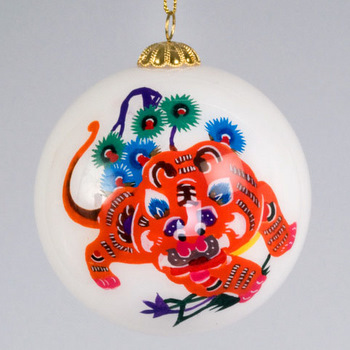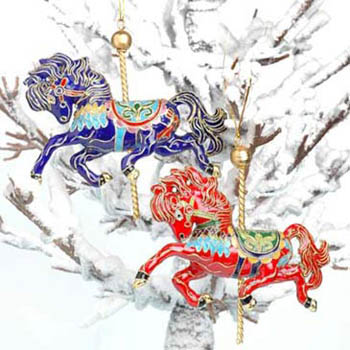The number of students learning Chinese is on the rise. But, the complaint that I hear most from Western students, parents and even teachers is that the typical Chinese classroom environment is too rigid to keep students interested. That's why I jumped at the chance to work with Pauline Huang and Robin Harvey. These two talented teachers put their lessons to music, and brought fun back into the classroom.
"We love teaching Chinese with music and rhythm, and the children we teach love it, as well," Robin says. "When we sing, we are relaxed and receptive. Research shows that this is a key to language learning. Lyrics are naturally repetitive, another key, and they run through our heads while we go about our day. In fact, I still sing the song that my Latin teacher taught in 11th grade, "sum es est."
Before they met, they each used chants and songs to teach Chinese. Robin was inspired by Carolyn Graham's "Jazz Chants," and Pauline by her musical background. One day, Pauline wrote the song "I'm Hungry"(肚子饿了) for their classes. The two then worked together to focus the language for their students. After that, their collaborations continued.
In mid-November, we showcased Rhythm and Tones for teachers at the 2010 American Council on the Teaching of Foreign Language (ACTFL) conference. The positive response that we received was incredible! Everyone who walked past our booth would stop when they heard the chants and music. Most of the Chinese language teachers we spoke with bought the set. They loved it because of the rhythms, the simple, repetitive words and the fun music. Many teachers said that this was exactly the sort of teaching tool that they had been seeking for a long time.
Many of our ChinaSprout customers are looking for Chinese language tools that they can use to help their children at home. With this in mind, we created the Rhythm and Tones set so that it has a life outside of the classroom. Kids and parents can easily work together through the textbook to learn words, sentences and even radicals. Plus, the accompanying CD is filled with songs that families can listen to and sing along with while at home or in the car.
There are so many ways to use this set, both in the classroom and at home. I will share some suggestions and video in the next few days.










